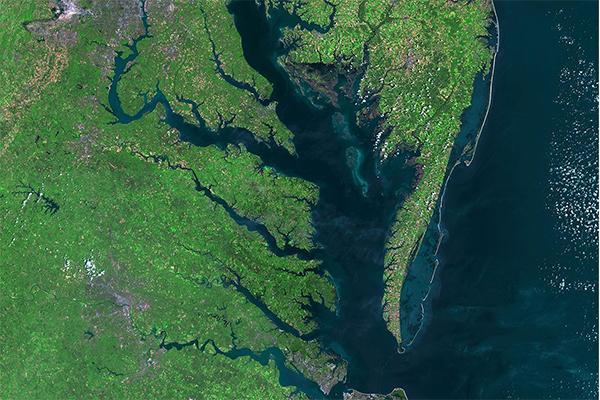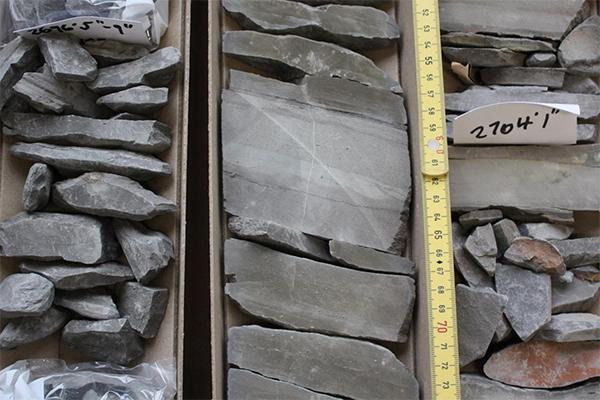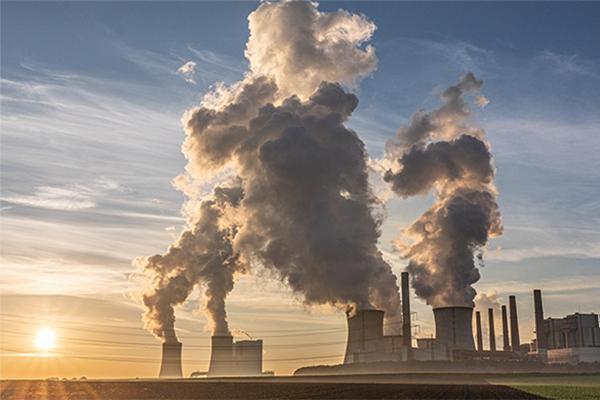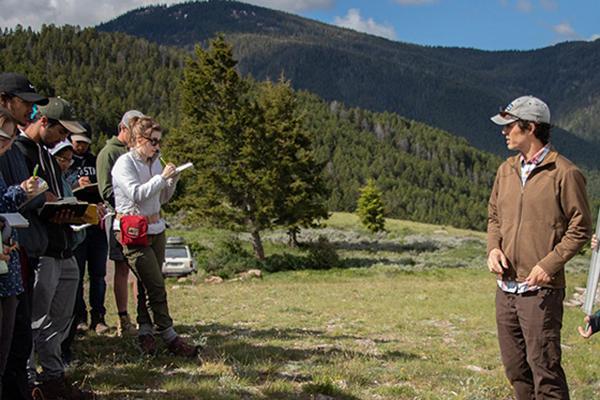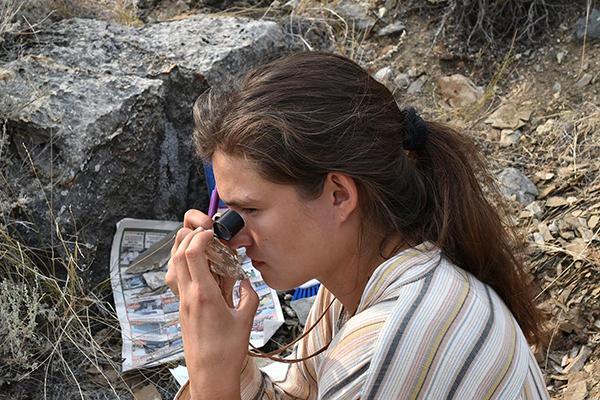Ray Najjar, affiliate professor of geosciences, was recently awarded funding from the U.S. National Science Foundation to develop a new coupled watershed-estuary model that simulates the transport and fate of major salt ions.
Arctic sea ice is shrinking as the world continues to warm, and a new study led by researchers at Penn State may provide a better understanding of how the loss of this ice may impact daily weather in the middle latitudes, like the United States.
Massive volcanic events in Earth’s history that released large amounts of carbon into the atmosphere. A new method to estimate how much and how rapidly carbon was released by the volcanoes could improve our understanding of the climate response.
Incorporating field data for the first time, researchers at Penn State demonstrated machine learning can be a powerful and cost-effective tool for monitoring sequestered carbon dioxide (CO2), overcoming a hurdle for the burgeoning technology aimed at combating climate change.
THON 2024 raised $16,955,683.63 For the Kids, breaking THON's single-year fundraising record for the third consecutive year.
Roman DiBiase, associate professor of geosciences and new head of Penn State's field camp, leads field camp participants in a discussion overlooking the mountains of Wyoming's Grand Teton National Park.
For the second year in a row and the third time in the last five years, Penn State has been the No. 1 producer of Fulbright Scholars. Penn State also is listed among the top-producing institutions for Fulbrights in STEM fields.
Amy Hasan, administrative support coordinator in the College of Earth and Mineral Sciences, was recognized with a “We Are!” for going above and beyond for the University.
Excited by the project’s potential, Isaac (right) wanted to continue developing "Together, Tacit” after his capstone design project ended and now works as an undergraduate researcher.
Kayla Irizarry, doctoral candidate in geosciences at Penn State, is using her Ford Foundation Predoctoral Fellowship to better understand what controlled diversity in Earth’s earliest complex ecosystems.


